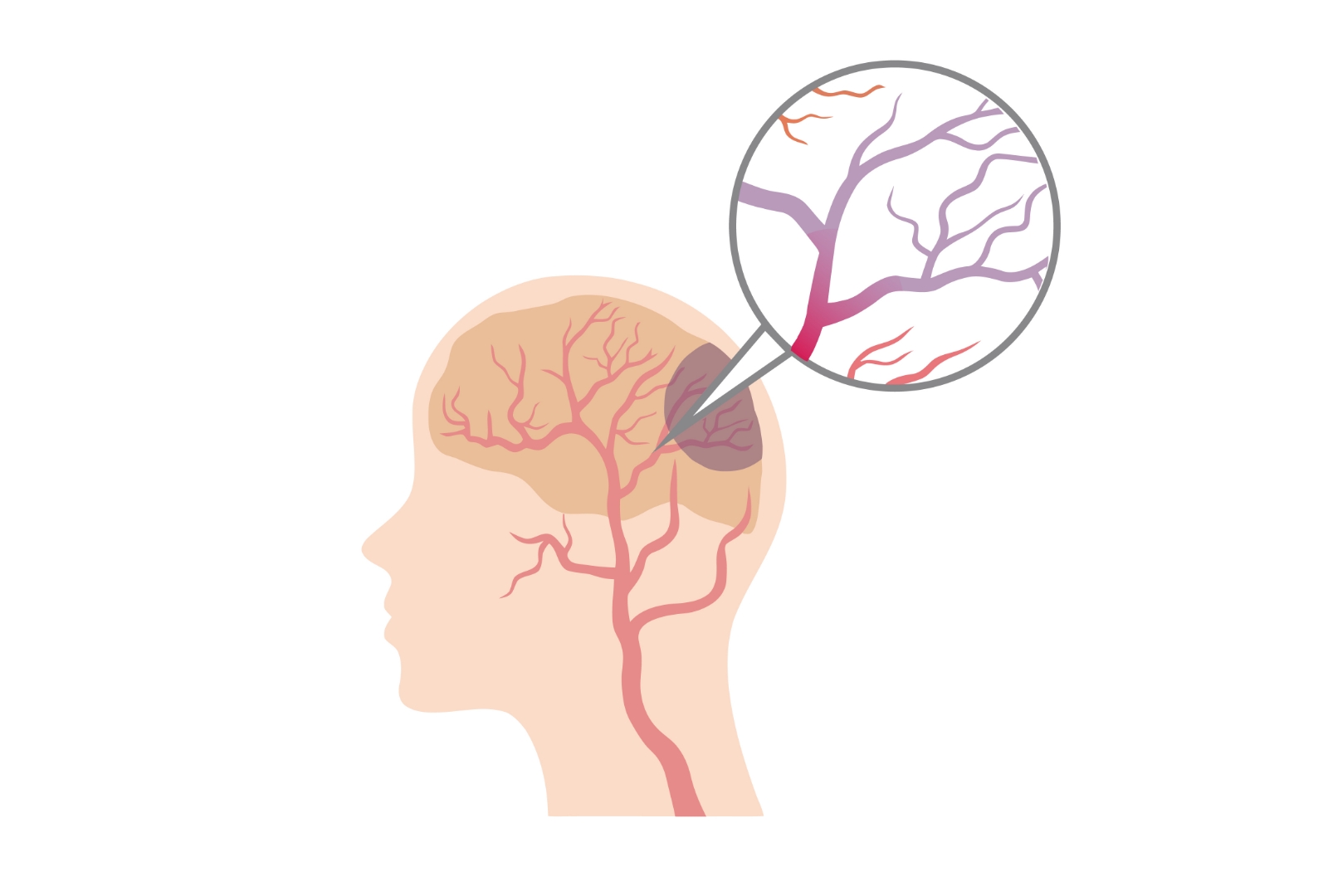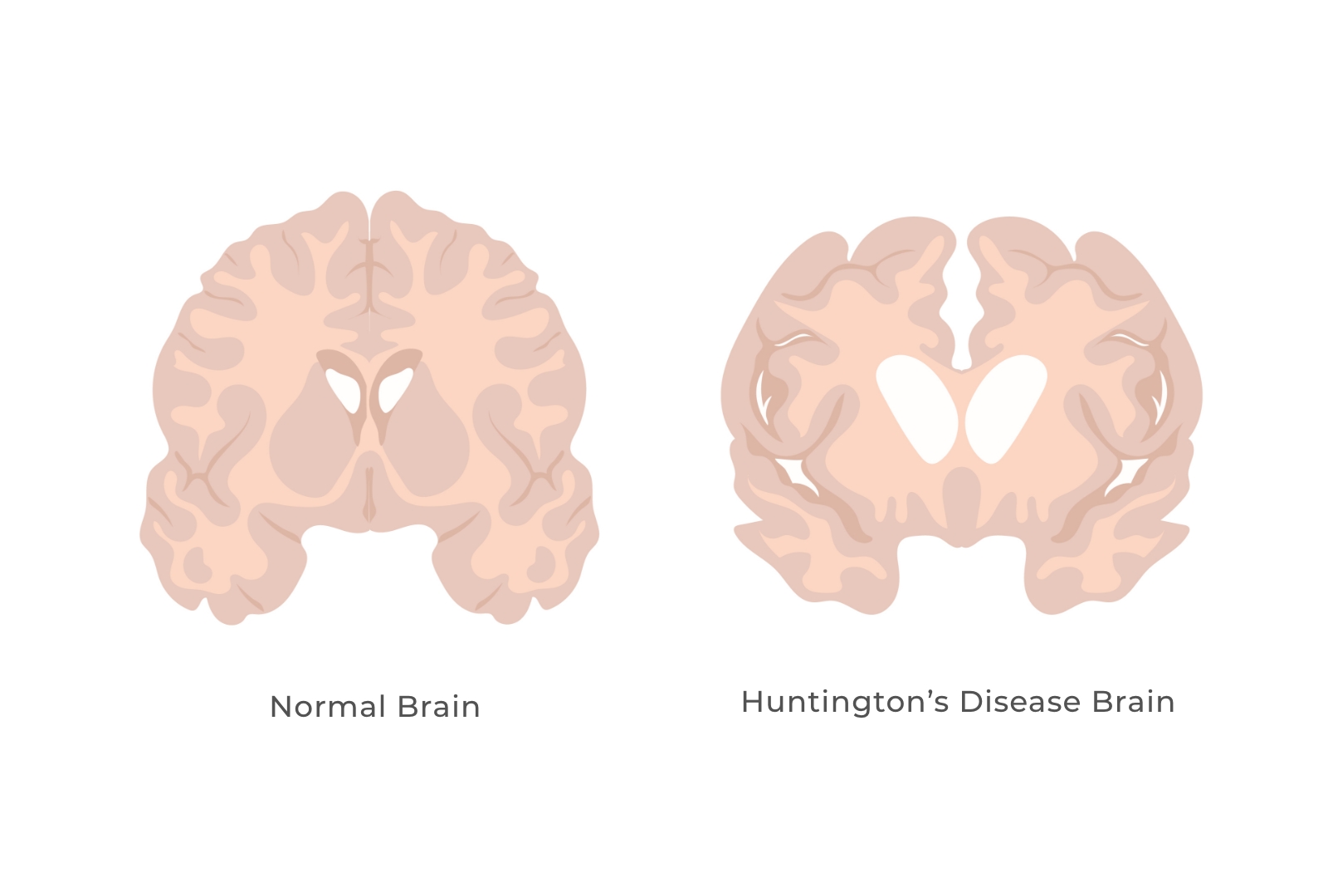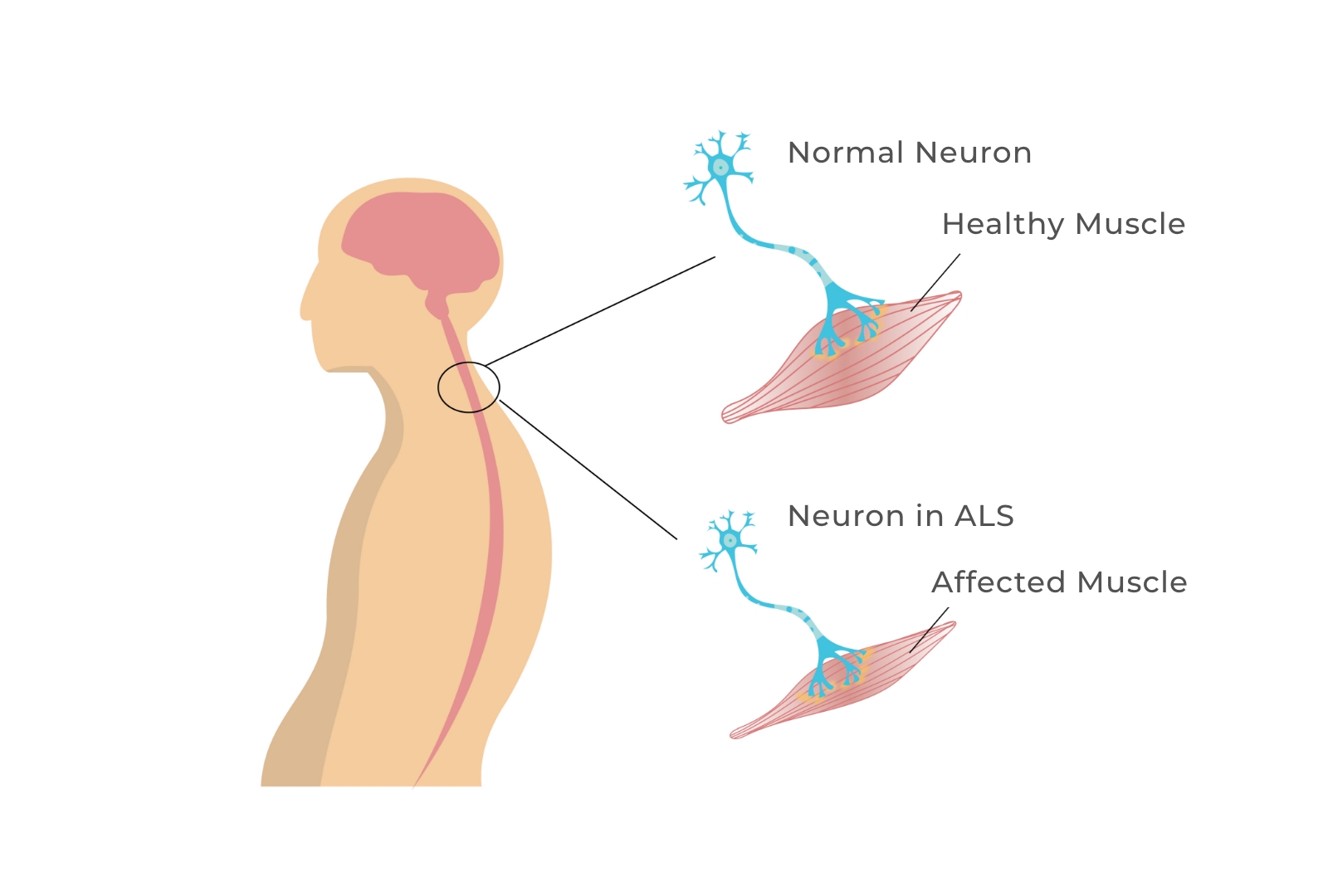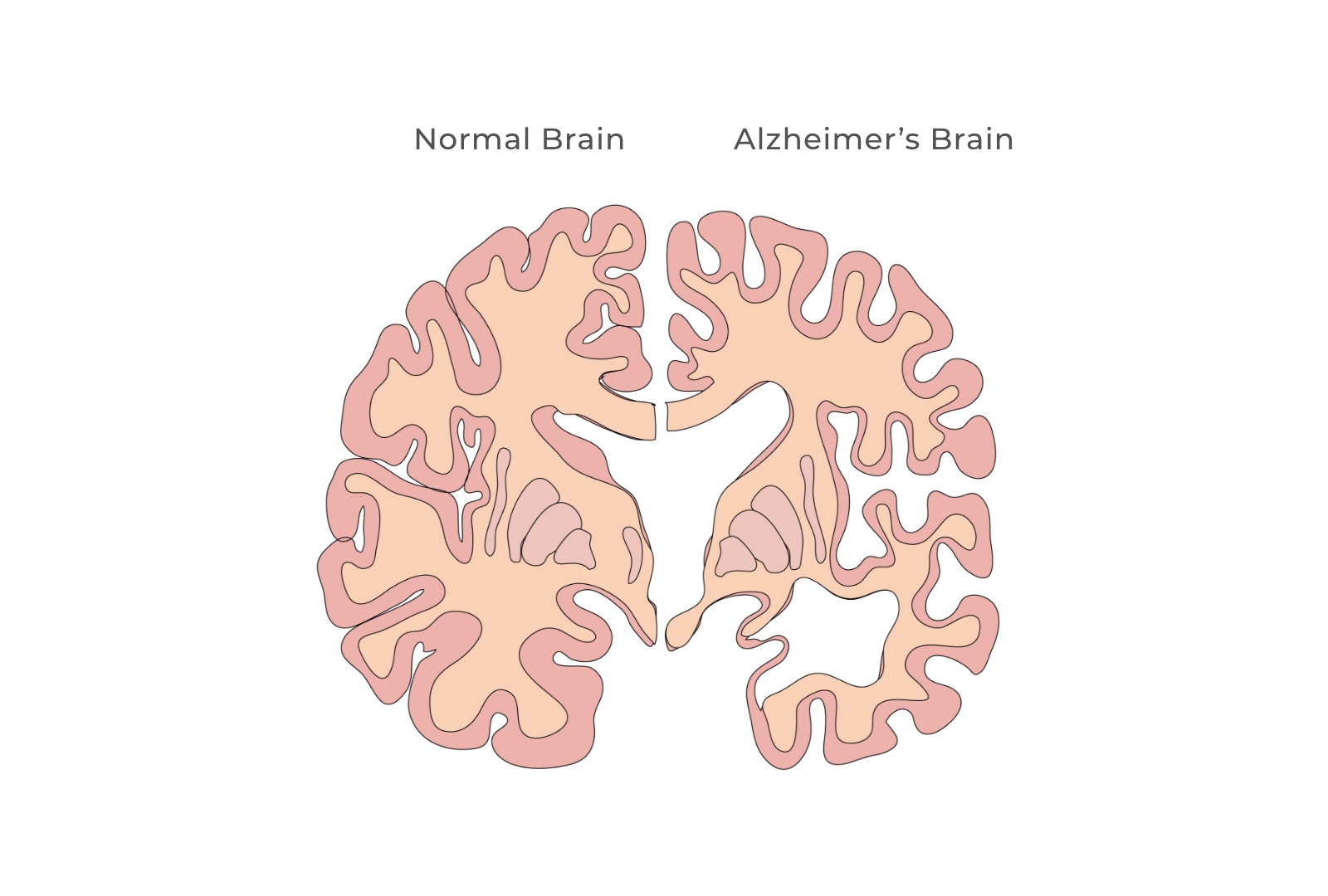Neurodegenerative disorders impact hundreds of millions globally, imposing immense medical and financial burdens on patients, their families, and society. NeuExcell is committed to advancing its ATN ASTROCYTES TO NEURONS (TM) platform technology to develop therapies that offer patients the potential for transformative improvement.

Stroke is the leading cause of long-term disability in the US, afflicting nearly 800,000 people each year, with a total of seven million stroke survivors. It can cause the loss of a vast number of neurons in the brain, leading to serious impairments such as limb paralysis and language difficulties. The irreversible loss of neurons remains a major challenge, limiting effective treatment options and hindering functional recovery. Current standard treatments must be administered within hours of a stroke to minimize neural damage. In contrast, our technology offers a significantly extended treatment window-ranging from days to weeks, or even months post-stroke. Developed from our ATN ASTROCYTES TO NEURONS (TM) platform, our in situ neuroregeneration technology enables the repair of damaged neural tissue. This approach has demonstrated remarkable tissue repair and functional recovery in a non-human primate stroke model. NeuExcell's neuroregeneration technology brings new hope for stroke patients, offering the potential for meaningful functional recovery.

HD is a fatal rare inherited genetic disorder with severe neuron death in the striatum of the brain. HD patients suffer from motor, cognitive and emotional impairments and condition deteriate over the course of 10 to 25 years. Current limited therapies can only relieve chorea symptoms, and patients are ultimately left without a cure. Our direct conversion of astrocytes to neurons (AtN) can regenerate neurons to repair the neural tissue. In HD model mice the AtN conversion can rescue the brain atrophy, improve motor function and significantly prolong the lives of HD mice.

ALS is a fatal rare progressive neurodegenerative disease caused by motor neurons deterioration and death. ALS patients suffer from progressively worsening skeletal muscle weakness and stiffness and at the end losing ability to move, speak, eat, or even breathe. The core pathological change of ALS is the death of upper and lower motor neurons in the brain and spinal cord, and there is currently no way to reverse its progression. At present, the etiology is not clear, there is no effective treatment, and the median survival time is only 3-5 years after diagnosis. In situ neuroregeneration technology can replenish the lost neurons through convert endogenous astrocytes to neurons (AtN) through expressing neural transcription factors, which offers tremendous therapeutic potential for ALS.

Alzheimer's disease (AD) is the most common form of dementia. Patients suffering from Alzheimer's disease experience memory loss in the early stage, and gradually loss of self-care ability in daily life, accompanied by behavioral and mental disorders. At present, the etiology of AD is not clear, the early clinical diagnosis is difficult, and there is no effective treatment. There is extensive neuronal loss in the brains of AD patients, especially in brain regions related to learning and memory and higher cognitive functions, such as the hippocampus and cerebral cortex. With expressing a single transcription factor NeuroD1, astrocytes can be converted to neurons in the cortex of AD model mice. The neurons integrate into the existing neural network and are functional. This technology has opened a new potential therapeutic treatment of Alzheimer's disease.
In situ neuroregeneration technology can also be applied to a variety of other neurological diseases, such as Parkinson's disease, traumatic brain injury, spinal cord injury, brain tumors, and ophthalmic diseases. These indications are currently in the early discovery phase but will continue to develop as we deepen our understanding of developmental biology, NeuroD1 and other neural transcriptions, and our AtN platform. These programs continue to grow and will fuel our future pipeline.